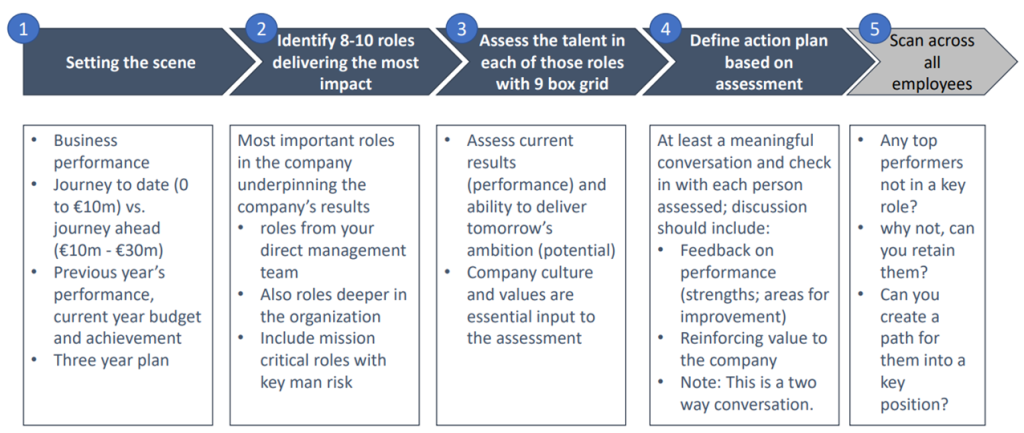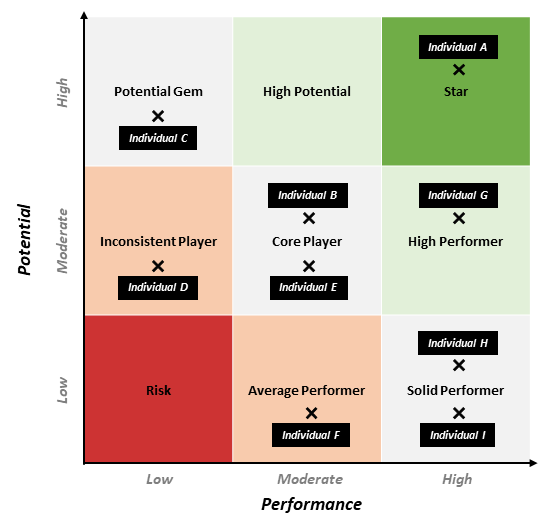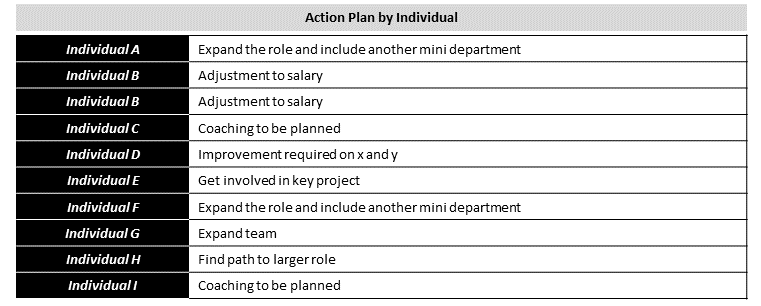
Software Leaders: Netskope’s Marilyn Miller on talent reviews and building an org for success
In our Software Leaders series, proven operators from the world’s top software companies share learnings and resources for teams earlier in their growth journey. This edition was based on a working session held between Expedition operating advisor, Marilyn Miller, and several leaders from our portfolio companies. Marilyn has over 25 years’ experience as a global software HR leader and currently serves as Chief People Officer (CPO) at Netskope, a cloud security company valued at $7.5 billion. Prior to Netskope, Marilyn was CPO at Anaplan prior to and beyond the company’s successful IPO in 2018, helping to build out the leadership team and best practices to support public company level performance.
A growth framework for founders
There are three elements of successful scaling that Marilyn encourages founders and CEOs to drive:
(i) Scale your business
(ii) Scale yourself
(iii) Scale your team
While scaling the business in terms of operational results and financial performance is hard to ignore, Marilyn often finds that the second and third pillars are often not given due attention.
With respect to scaling yourself, leaders of high growth businesses generally find that too much of their time is spent firefighting the issue of that day or week and could benefit from conducting a ‘time audit’. This involves retrospectively mapping where you have spent time during the past 4 months – and often will show a deficit when it comes to long-term strategic planning. Each stage of growth requires you to lead in new ways and typically the transition from early stage to growth stage leader requires more delegation and more time zooming out on strategy. The other aspect of scaling yourself comes down to the work of understanding your strengths and weaknesses and putting steps in place to continue your own development, whether through coaching, peer learning or other means.
When it comes to scaling your team, the goal is to have an organization ‘by design’, not an organization ‘by default’. In other words, to be intentional about the target structure and capabilities in the team required to achieve your goals, and not just accepting yesterday’s org structure as the right shape for the road ahead. Objectively and regularly evaluating your talent for the next stage of growth is key. Marilyn provides some guidance around talent reviews which we cover in more detail below. Finally, spending more time as a leadership team is almost always helpful for becoming more aligned on what is needed today and tomorrow and enabling your team to scale up as a unit.
Why talent reviews are key for your company’s growth
A talent review is a specific exercise to evaluate the key individuals in your team based on performance and potential, and then create an action plan for each based on the assessment.
Marilyn recommends founders should focus on the top 8-10 players delivering the most impact in the business: generally members of their management team but can also be key individual contributors. If done well, the talent review can highlight opportunities for top talent to take on more responsibilities and for lower rated contributors to improve or find a more suitable role.
Talent review process guide

Two tools to implement talent reviews
For the assessment of top talent, a simple but powerful tool is the 9-box. As shown below, this matrix provides a scoring system for talent by performance and by potential and segments individuals into one of nine different categories. For example, the ‘Stars’ are both high performing and high potential.
Example 9-box with eight individuals mapped

The second tool is then an action plan for each of the mapped individuals. This is likely to be as simple as 1-3 bullet points for each individual but may also go into more detail.
Example action plan format

Marilyn’s suggestion is to conduct this exercise at least annually as a good discipline to review and develop your top talent. The combination of these two simple reports – 9-box and action plan – are an excellent addition to the materials for the Board of Directors. A good cadence is to share the talent review in the January board meeting and then an update six months later on action plan progress.
Cascading and collaborating on talent reviews
While conducting a talent review focused on the key 8-10 players in the company is undoubtedly helpful, there is also value in cascading this talent review process down throughout the organization – i.e. the CEO will assess their 8-10 key players, and then each management team leader will assess their own team or key players.
One interesting best practice shared by Tom Hacquoil, CEO at Pinpoint was that their leadership team meets to share and debate the 9-boxes that each leader has put together on their own sub-team; what has been powerful about this is the learning between different functional leaders on how to assess and develop talent in their own teams, and also for the leaders to understand better how each sub-team functions.
Keeping employees ROI front and center
Ultimately, the people in a software company are by far the largest investment being made, and Marilyn is an advocate of ensuring that companies get the right return on investment. A few considerations here:
• If an ‘average performer’ is in a key role, there is an opportunity cost and you may be missing on a bigger return
• You cannot afford to have a ‘star’ in every role and you don’t need to
• You can afford to have average/solid performers in roles that are not mission critical
• Put star talent in your most important jobs and compensate them well